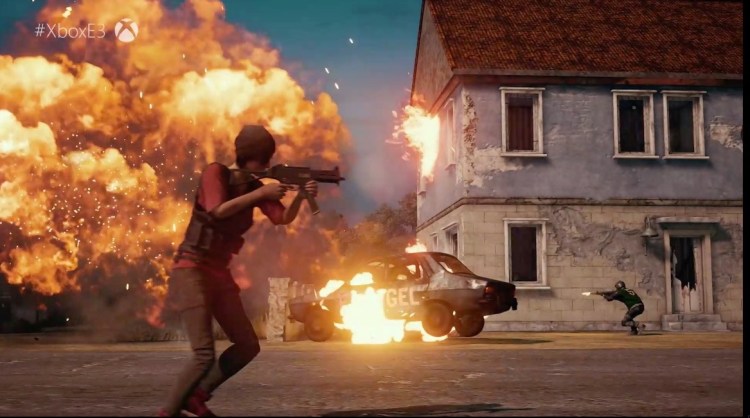Watch all the Transform 2020 sessions on-demand here.
There’s a reason battle royale games like PlayerUnknown’s Battlegrounds (commonly abbreviated “PUBG”) and Epic Games’ Fortnite have hundreds of millions of players collectively: They’re exciting. Tens of player characters spawn simultaneously in unpredictable places, where they battle it out to the death as the game map gradually shrinks in size. The roster is eventually whittled down to a single player, who’s crowned the winner.
Fun as the element of surprise may be, matches might be less dynamic than they seem. That’s the assertion of researchers at the Department of Computer Science at the University of Georgia, who tested several AI algorithms to predict final player placement in PUBG from in-game stats and initial rankings.
“In this paper specifically, we have tried to predict the [ranking] of the player in the ultimate survival test,” the project’s contributors wrote in a preprint paper (“Survival of the Fittest in PlayerUnknown’s BattleGrounds“) published on Arxiv.org. “We have applied multiple machine learning models to find the optimum prediction.”
As the coauthors explain, each PUBG game starts with players parachuting from a plane onto one of four maps containing procedurally generated weapons, vehicles, armor, and other equipment. To train their AI models, the team sourced telemetry data recorded and compiled by Google-owned Kaggle, an online machine learning community. In total, it contained 4.5 million instances of solo, duo, and squad battles with 29 attributes, which the researchers whittled down to 1.9 million with 28 attributes.
June 5th: The AI Audit in NYC
Join us next week in NYC to engage with top executive leaders, delving into strategies for auditing AI models to ensure fairness, optimal performance, and ethical compliance across diverse organizations. Secure your attendance for this exclusive invite-only event.
Most players don’t rack up any kills, the team notes, and only a small fraction manage to win with a pacifistic strategy. In fact, 0.3748% of the players in the corpus won kill-free, out of which 0.1059% players won without a kill and without dealing damage. They also observed that players who actively traverse maps — i.e., walk more — increase their chances of winning; that 2.0329% players in the sample set died before taking a single step; and that with players with fewer kills who prefer to battle solo or in pairs had higher chances of winning compared with players who played in a squad.
The team set four machine learning algorithms loose on the samples: Light Gradient Boosting Machine, Random Forest, Multilayer Perceptron, and M5P. In experiments, these achieved mean absolute errors (a measure of average magnitudes of the errors in sets of predictions) of 0.02047, 0.065, 0.0592, and 0.0634, respectively, with the Light Gradient Boosting Machine coming out on top in terms of accuracy. (The smaller the mean absolute error, the more accurate a model’s predictions.)
They leave to future work more regression models that might “extend the robustness and precision” of the predictions.
“From this study it can be concluded that machine learning techniques … can be employed to predict the ‘survival of the fittest’ in games like PUBG,” the researchers wrote. “Feature reduction by high correlation has proved to be a useful technique for performance improvement, although it might not apply for every scenario.”


